ALSO BY FRANK CLOSE
Neutrino
Antimatter
The Void
The New Cosmic Onion:
Quarks and the Nature of the Universe
Particle Physics: A Very Short Introduction
Lucifers Legacy: The Meaning of Asymmetry
PUBLISHED BY ALFRED A. KNOPF CANADA
Copyright 2011 Frank Close
All rights reserved under International and Pan-American Copyright Conventions. No part of this book may be reproduced in any form or by any electronic or mechanical means, including information storage and retrieval systems, without permission in writing from the publisher, except by a reviewer, who may quote brief passages in a review. Published in 2011 by Alfred A. Knopf Canada, a division of Random House of Canada Limited, Toronto, and in the United States of America by The Perseus Books Group, in the United Kingdom by Oxford University Press, Oxford, in Greece by P. Travlos, in Italy by Einaudi and in Israel by Books in the Attic. Distributed in Canada by Random House of Canada Limited.
www.randomhouse.ca
Knopf Canada and colophon are registered trademarks.
Library and Archives Canada Cataloguing in Publication
Close, F. E.
The infinity puzzle : how the hunt to understand the universe led to extraordinary science, high politics, and the Large Hadron Collider / Frank Close.
Includes bibliographical references.
eISBN: 978-0-307-39983-0
1. Quantum field theoryPopular works. 2. Large Hadron Collider (France and Switzerland)Popular works. I. Title.
QC174.45.C56 2011 530.143 C2011-904446-3
Cover design by Alyssa Stepien
Image credits: Jorge Hernandez
v3.1
FOR MAX AND JACK
Whose appearance out of The Void
Is an Infinite Puzzle
Old men forget. But hell remember with advantages, what feats he did that day.
SHAKESPEARE, HENRY V
CONTENTS
PART 1
GENESIS
PART 2
REVELATION
ACKNOWLEDGMENTS
I am indebted to many people who gave their time for interviews, answered queries by correspondence, read versions of the script, or provided access to archive material.
Anne Barrett, Imperial College London Archives; John Hillsdon and Bodleian Library staff, Oxford University; Louise Johnson, for abstracts from Abdus Salams diaries; and Lucio Visintin, ICTP Library, and the ICTP Directorate, gave invaluable help to me in obtaining original records, especially concerning Abdus Salam. Shelley Erwin at the Cal Tech Archives found Feynmans original notes from 1968, and Tini Veltman produced a copy of Steven Weinbergs manuscript that even Weinberg himself thought had been lost. Peter Higgs produced copies of his diaries, and Erick Weinberg made his Ph.D. thesis available, both of which helped to establish some chronology of events from forty years ago, in the midst of often confusing memories.
In addition I have interviewed or had correspondence with: Henry Abarbanel, Ian Aitchison, Tom Appelquist, David Bailin, Michael Birse, James bj Bjorken, Elliott Bloom, David Boulware, Stan Brodsky, Robert Brout, Hugh Burkhardt, Nicola Cabibbo, John Cardy, John Charap, Geoffrey Chew, Bill Colglazier, Bob Delbourgo, Norman Dombey, Hans-Peter Drr, Gosta Ekspong, John Ellis, Franois Englert, Graham Farmelo, Tom Ferbel, Michael Fisher, Gordon Fraser, Jerome Friedman, Mary K. Gaillard, Fred Gilman, Shelly Glashow, Nigel Glover, Terry Goldman, Jeffrey Goldstone, Gerald Guralnik, Dick Hagen, Andre Hassende, Tony Hey, Peter Higgs, Gerard t Hooft, Chris Isham, Roman Jackiw, J. David Jackson, Cecilia Jarlskog, Bob Johnson, Louise Johnson, Marek Karliner, Tom Kibble, Andy Kirk, Peter Knight, Chris Korthals-Altes, Chris Llewellyn Smith, Giuseppe Mussardo, Lev Okun, Giorgio Parisi, Manny Paschos, Ken Peach, Don Perkins, David Politzer, John Polkinghorne, Sacha Polyakov, Chris Quigg, Mike Riordan, Dick Roberts, Graham Ross, Ian Sample, Ron Shaw, Andrew Steane, John Strathdee, Ray Streater, John C. Taylor, Richard (Dick) Taylor, Tini Veltman, Alan Walker, Erick Weinberg, Steven Weinberg, Frank Wilczek, Tony Zee, Nino Zichichi, and Bruno Zumino.
Ian Aitchison and Michael Marten read preliminary versions of the whole manuscript and made so many comments that my first draft bore their stamp no less than my own. I am indebted to my editor, T. J. Kelleher, whose transatlantic phone calls helped me to forge the final version, and discussions with Latha Menon and Emma Marchant at OUP, which involved a 5 minute walk from my office. Annette Wenda, Melissa Veronesi, and Paul Beverley went through the final manuscript very thoroughly and made several editorial suggestions. The energy and enthusiasm of my agent, Patrick Walsh, has helped this project throughout. I am deeply grateful for the support and help of my family during the years of research and writing. Finally, I invite all readers to examine the postscript and, if possible, to help add to the accuracy of this history.
 Prologue
Prologue AMSTERDAM, 1971
AMSTERDAM, 1971And now I introduce Mr. t Hooft, who has a theory that is at least as elegant as anything we have heard before.
TINI VELTMAN, AMSTERDAM INTERNATIONAL CONFERENCE ON ELEMENTARY PARTICLES , 1971
T ini Veltman is a contrarian: a forthright man who has never shied away from controversy. His single-mindedness has brought him success where others either gave up or didnt even dare to try. It is the characteristic that set him on course to a Nobel Prize for Physics. Part of the reason for his triumph was the fortune to have a student whose genius was in constructing a masterpiece by using tools that Veltman had forged.
Veltman and his protg, Gerard t Hooft, are like chalk and cheese. Veltman is a big man, with a fulsome beard, often found with a cigar stuck in the corner of his mouth or waved between his fingers as he holds court. His near-perfect English resonates with Dutch vowels as he dismisses some rivals work as baloney or crap. This blunt approach can mislead, obscuring a sensitive and thoughtful personality, with deeply held convictions about the way science should be conducted. His nickname, Tinian abbreviation of Martinusis ironic given his stature, in all senses of the word.
t Hooft, by contrast, slight in build, with thinning hair, dressed smartly in jacket and tie, and with a small mustache, could easily be mistaken for an English country doctor or an accountant. During discussions, I am often possessed by a sense that he already knows what he is being told and is politely waiting to hear something novel. When he speaks, there is no doubt that he is correct: His soft voice carries real force, aided by a dry sense of humor.
Forty years ago, their meeting would change the world of physics. However, today, Veltmanthe teacher whose ideas enabled his star pupil to produce his magnum opusand t Hooft have drifted apart. That is how it was in 1971, when Veltman proudly introduced his young maestro to the world.
THE INFINITY PUZZLE
A half century or so ago, and more than two thousand years after the philosophers of ancient Greece had first conceived of atoms, these basic pieces of matter had been revealed to consist of smaller particles, of lightweight electrons remotely encircling a bulky central nucleus.


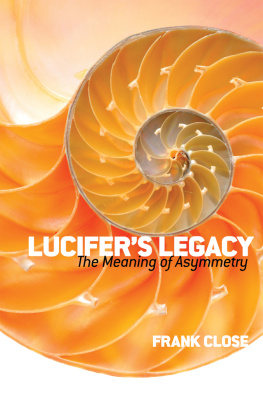
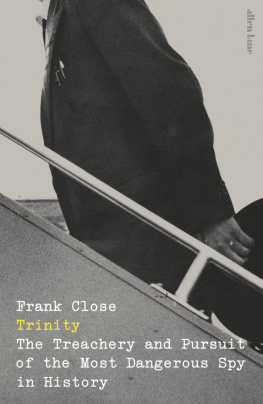
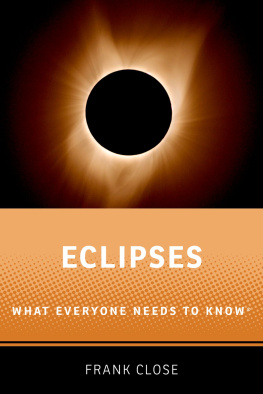
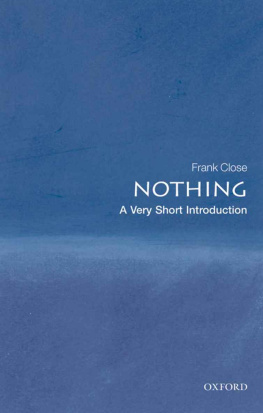
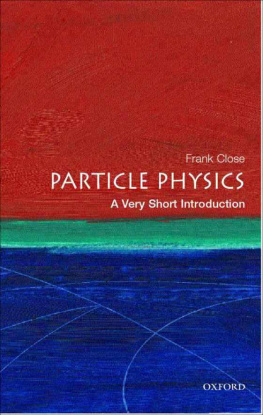
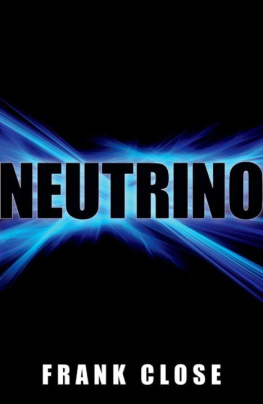
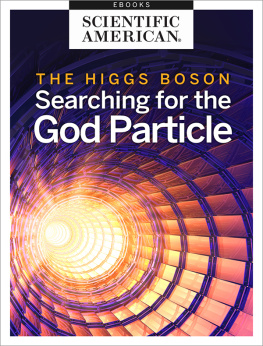
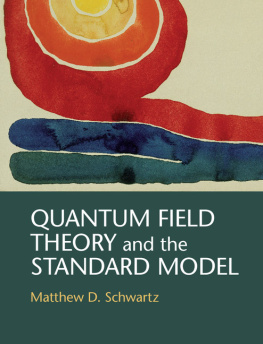
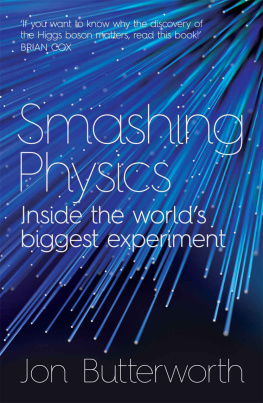
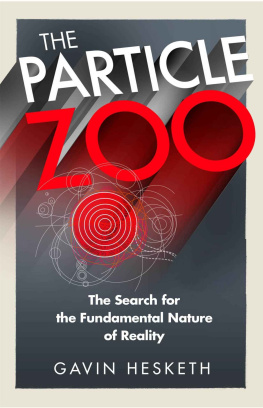
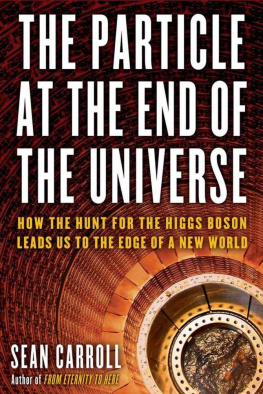
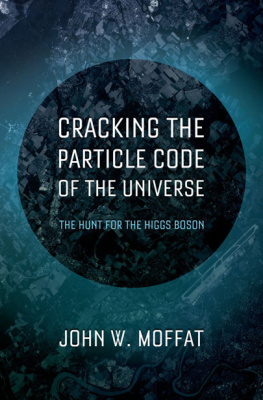
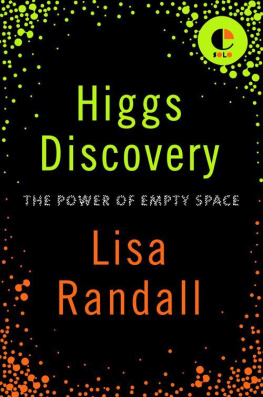
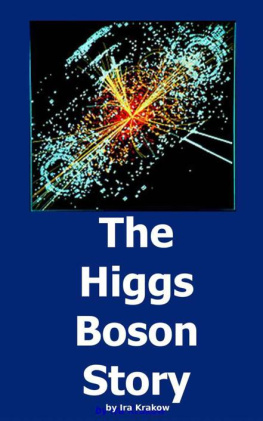
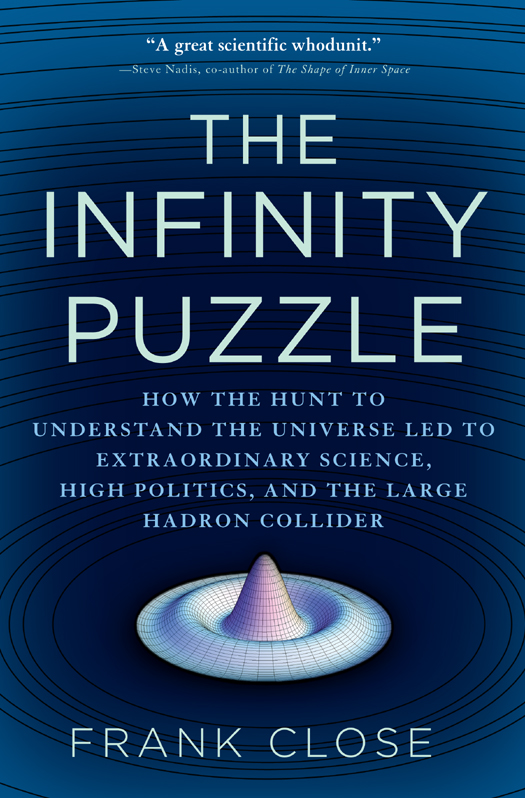
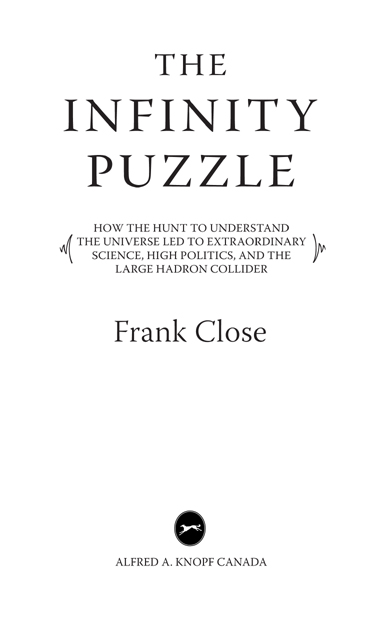
 Prologue
Prologue